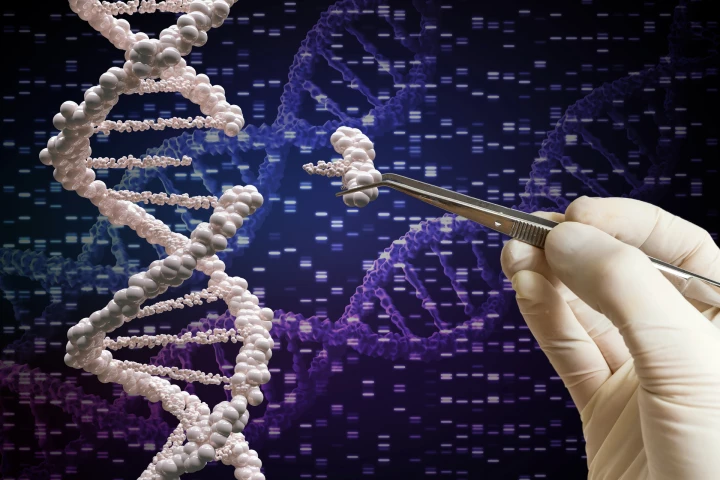CRISPR
-
Modified viruses have proven a handy way to get CRISPR/Cas9 gene editing materials into the nucleus of cells – but they're expensive, difficult to scale and potentially toxic. Now, researchers have found a non-viral approach that does the job better.
-
Researchers have developed a highly efficient new gene-editing method that uses virus-based protein fragments. The method could be used to level up existing cell and gene therapies used to treat cancer and other diseases.
-
Genetic mutations can lead to diseases like cancer. In a new study, researchers have used the gene-editing technology CRISPR/Cas 9 in a less commonly used way, producing liver cancer tumors to better understand the genetic mutations underlying them.
-
Using a refined version of the CRISPR gene-editing tool, researchers have restored vision in mice with retinitis pigmentosa. The results may open the door for treatments for the one in 5,000 humans afflicted with the blindness-inducing condition.
-
Swimmers who wore Speedo’s controversial LZR Racer suit at the 2008 Beijing Olympics broke 23 world records, proving that being more streamlined has advantages. A new study out of Japan has shown that the same theory applies to sperm.
-
Scientists have found a way to fight cancer with cancer, by genetically engineering cancer cells to release drugs at established tumor sites and stimulating the immune system. Tests in mice showed promise as both a therapy and preventative vaccine.
-
Researchers have resurrected ancient CRISPR proteins from millions and even billions of years ago. Not only can they still edit human cells, but they’re more versatile than modern versions, paving the way for new synthetic CRISPR gene-editing tools.
-
Breeding plants can give them new beneficial traits, but trees have a frustratingly long reproductive cycle. Now, scientists at the University of Georgia have used CRISPR gene-editing to make poplar trees flower within months rather than a decade.
-
A teenager in the UK has become the first person to be treated with a revolutionary new gene editing therapy. The patient's incurable leukemia was effectively cleared using "base-edited" immune T-cells from a donor.
-
A new technique has been added to the CRISPR gene-editing toolbox. Known as PASTE, the system uses virus enzymes to “drag-and-drop” large sections of DNA into a genome, which could help treat a range of genetic diseases.
-
In a new study described as "seminal" and "pioneering", researchers in the US have successfully used CRISPR gene-editing technology to create personalized cancer-targeting immune cells, paving the way for future customized cancer treatments.
-
Scientists have demonstrated a new potential way to edit the genomes of bacteria in complex environments, by equipping viruses to hunt them down and insert the CRISPR gene-editing system.
Load More











